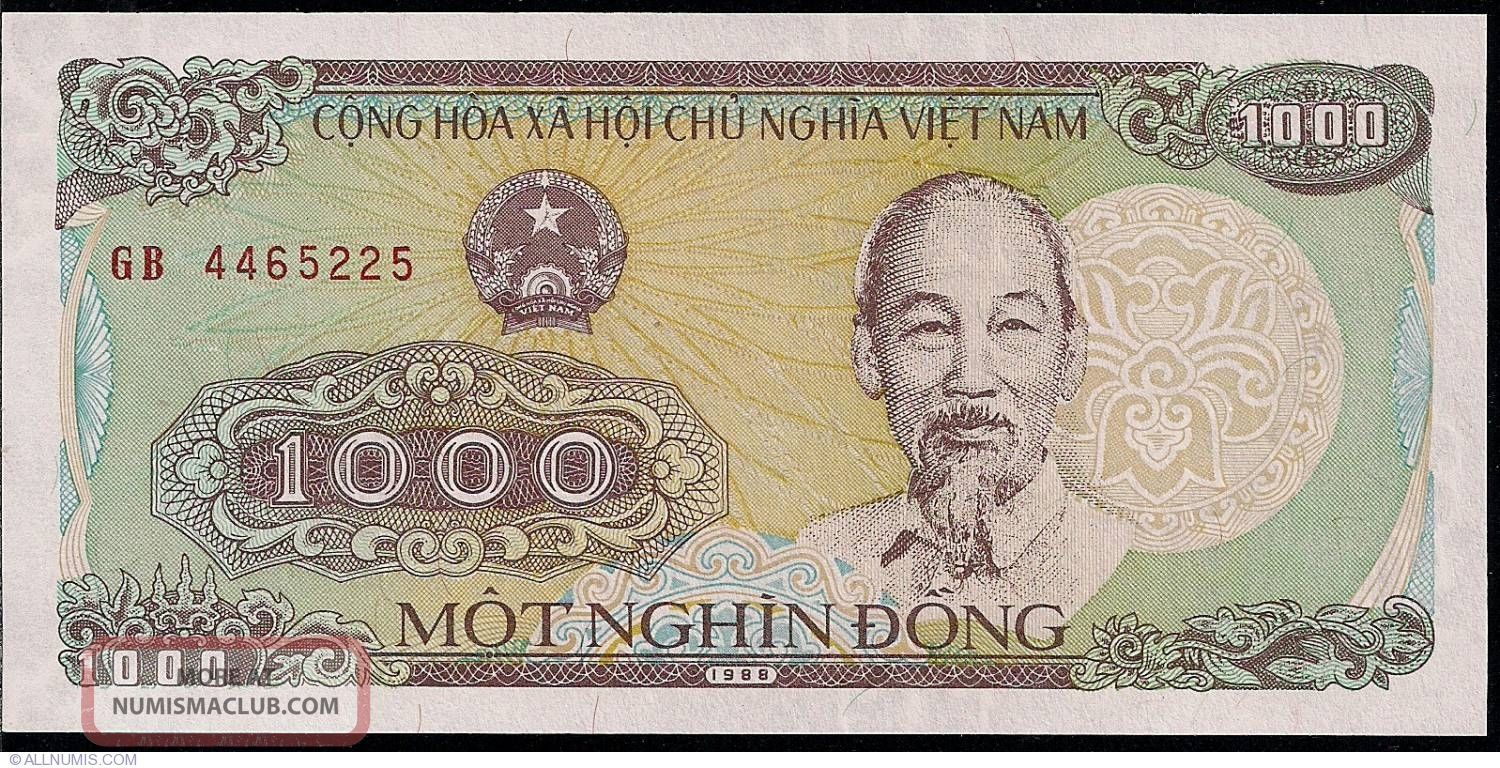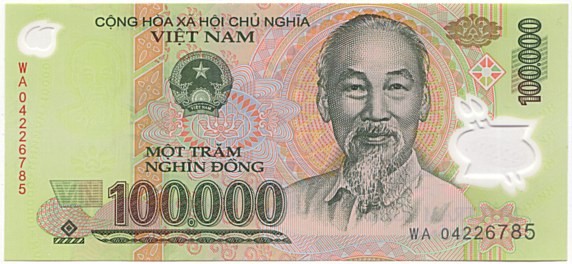


Your plans for where you want to go, how you want to stay, and what kinds of things you want to buy on your trip will all have a significant impact on the total amount of money you have set aside for your holiday. Because you do not know what your future financial requirements will be, it is impossible for you to allocate sufficient resources.

It can be difficult to estimate how much money you will need for a vacation to Vietnam if you don't first create a comprehensive schedule of all the things you want to do there. Amount in the Vietnamese Dong You Should Carry for Your Trip Currently, Vietnamese dong is the legal tender of Vietnam. The Vietnamese dong came in different stages to the country, first entering the North Area and then to the South.
#Vietnamese dong value series#
There have been five completely separate series of coinage that has been released up until this point. 1987 saw the release of banknotes with face values of 200, 1,000, 2,000, and 5,000 dong 1990 saw the release of banknotes with face values of 10,000 and 50,000 dong 1991 saw the release of a note with a face value of 20,000 dong 1994 saw the release of a note with a face value of 100,000 dong 2003 saw the release of a note with a face value of 500,000 dong and 2006 saw the release of a note with a face Despite the fact that production of banknotes with denominations of 5,000 dong or less was stopped in 2015, the notes continue to be widely recognised as of 2015.

In 1985, the Vietnamese government issued new units of currency with the following denominations: 5 hao, 1, 2, 5, 10, 20, 30, 50, and 100 dong. Following that, an inflationary cycle occurred that lasted until approximately the middle of the 1990s. Following a revaluation that took place on September 14, 1985, the value of one old dong was equivalent to ten new dongs. In South Vietnam, one new dong was equal to an exchange rate of 0.80 old dong. Following the reunification of Vietnam on May 3, 1978, the dong was adopted as the country's sole currency. On September 22, 1975, after Saigon had been overthrown, South Vietnam began using the new dong as their currency. South Vietnam began issuing banknotes in the form of piastras and dongs in the year 1953. After then, there were two additional reevaluations carried out, one in 1951 and the other in 1958. This currency was initially established by the government of North Vietnam in 1946 to take the place of the French Indochina piastra. The Vietnamese dong made its way into the country in stages, first making its way to the Northern Region and then later making its way to the Southern Region. You can keep an eye on the live dong value. The current rate of dong is INR (0.0035 🔄). The Vietnamese dong ultimately succeeded the French Indochinese piastre as the official unit of currency for North Vietnam and the territory of South Vietnam. It was initially conceived upon and developed by the State Bank of Vietnam. Since May 3, 1978, the Vietnamese government has used the dong as the country's official currency. The 5,000 to 1,00,000 dong notes feature the image of Ho Chi Minh on the obverse side. dollar became an important international reserve currency after the First World War, and displaced the pound sterling as the world's primary reserve currency by the Bretton Woods Agreement towards the end of the Second World War.Quick Facts About the Vietnamese Dong Notes Country of Originġ,000, 2,000, 5,000, 10,000, 20,000, 50,000, 100,000, 200,000, 500,000 dongs Since 1971, all links to gold have been repealed. From 1934, its equivalence to gold was revised to $35 per troy ounce. The Gold Standard Act of 1900 linked the dollar solely to gold. dollar was originally defined under a bimetallic standard of 371.25 grains fine silver or, from 1837, 23.22 grains fine gold, or $20.67 per troy ounce. The monetary policy of the United States is conducted by the Federal Reserve System, which acts as the nation's central bank. banknotes are issued in the form of Federal Reserve Notes, popularly called greenbacks due to their predominantly green color. dollar at par with the Spanish silver dollar, divided it into 100 cents, and authorized the minting of coins denominated in dollars and cents. The Coinage Act of 1792 introduced the U.S. The United States dollar is the official currency of the United States and several other countries.


 0 kommentar(er)
0 kommentar(er)
